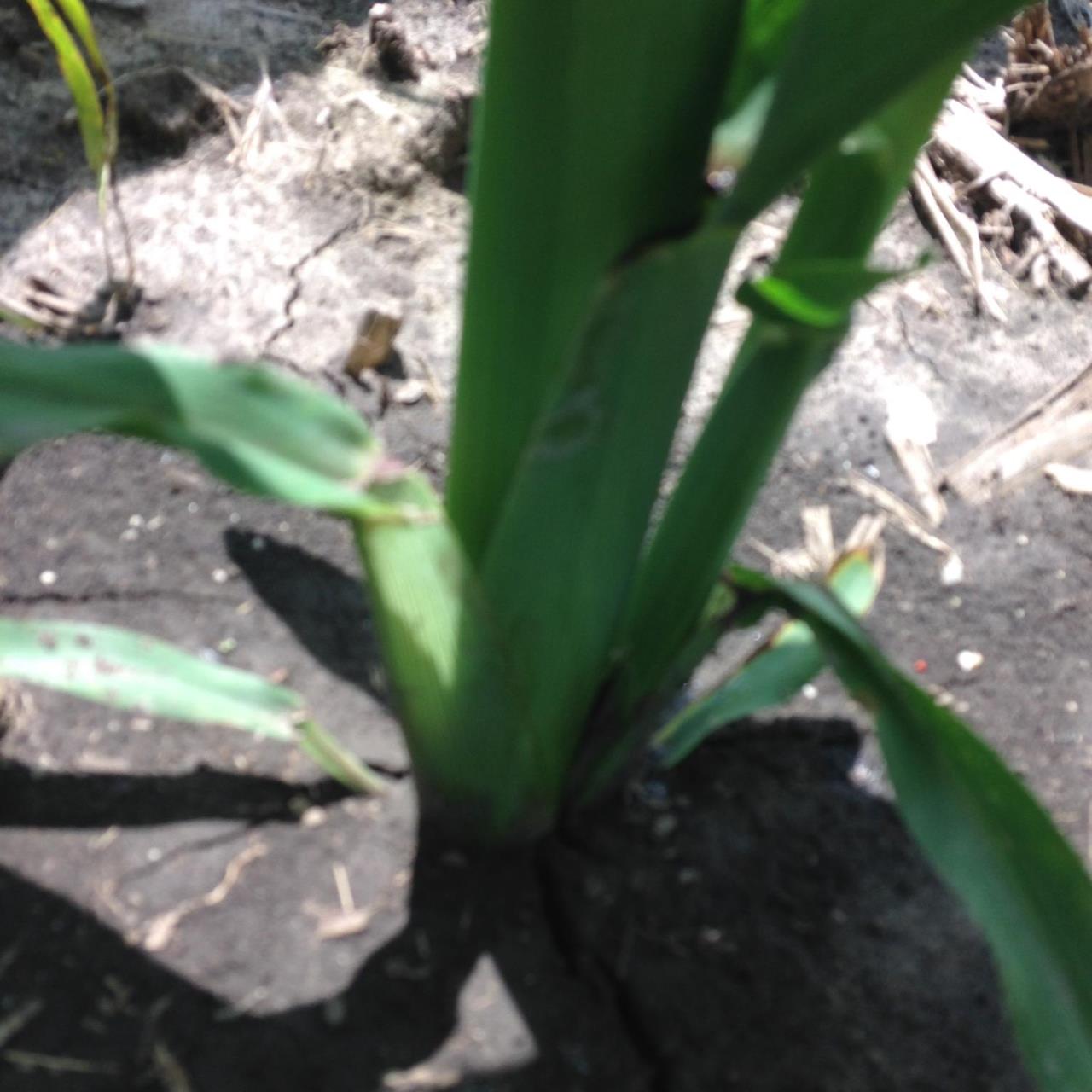2015 Plot Thoughts
October 1, 2015
The Pike County Independent Seed Plot was harvested today. It was a breezy, beautiful fall day.
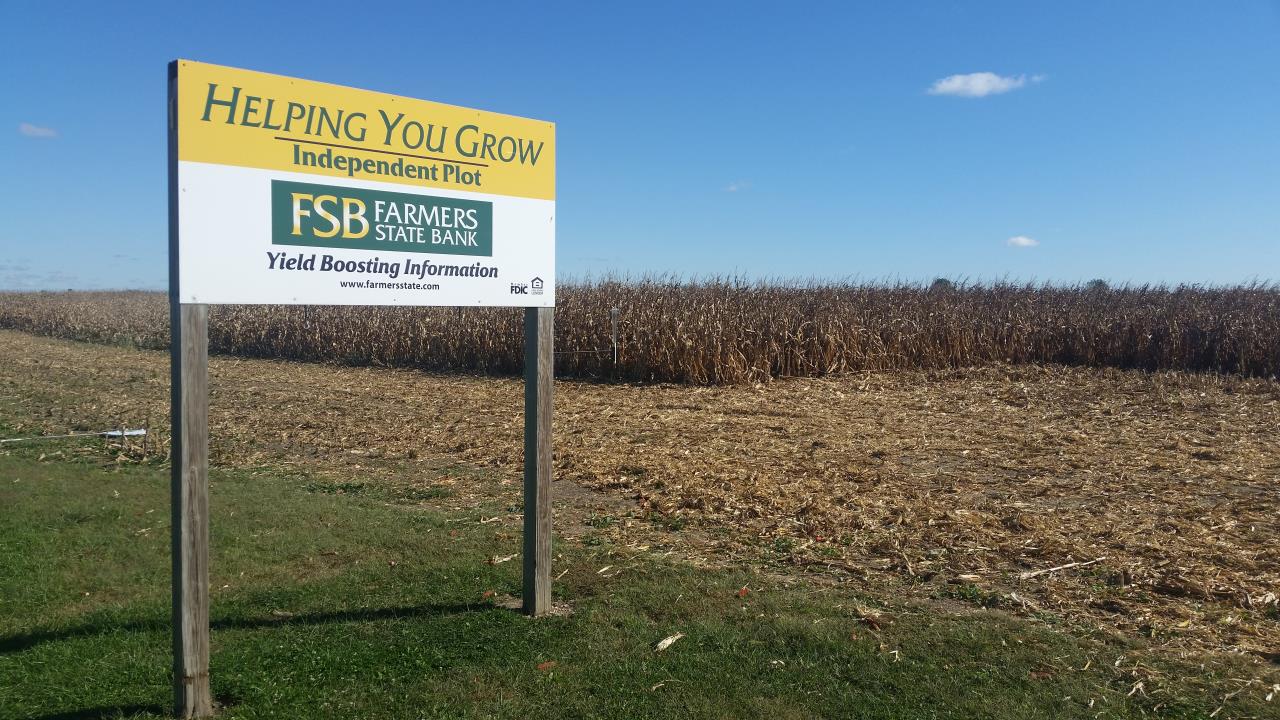
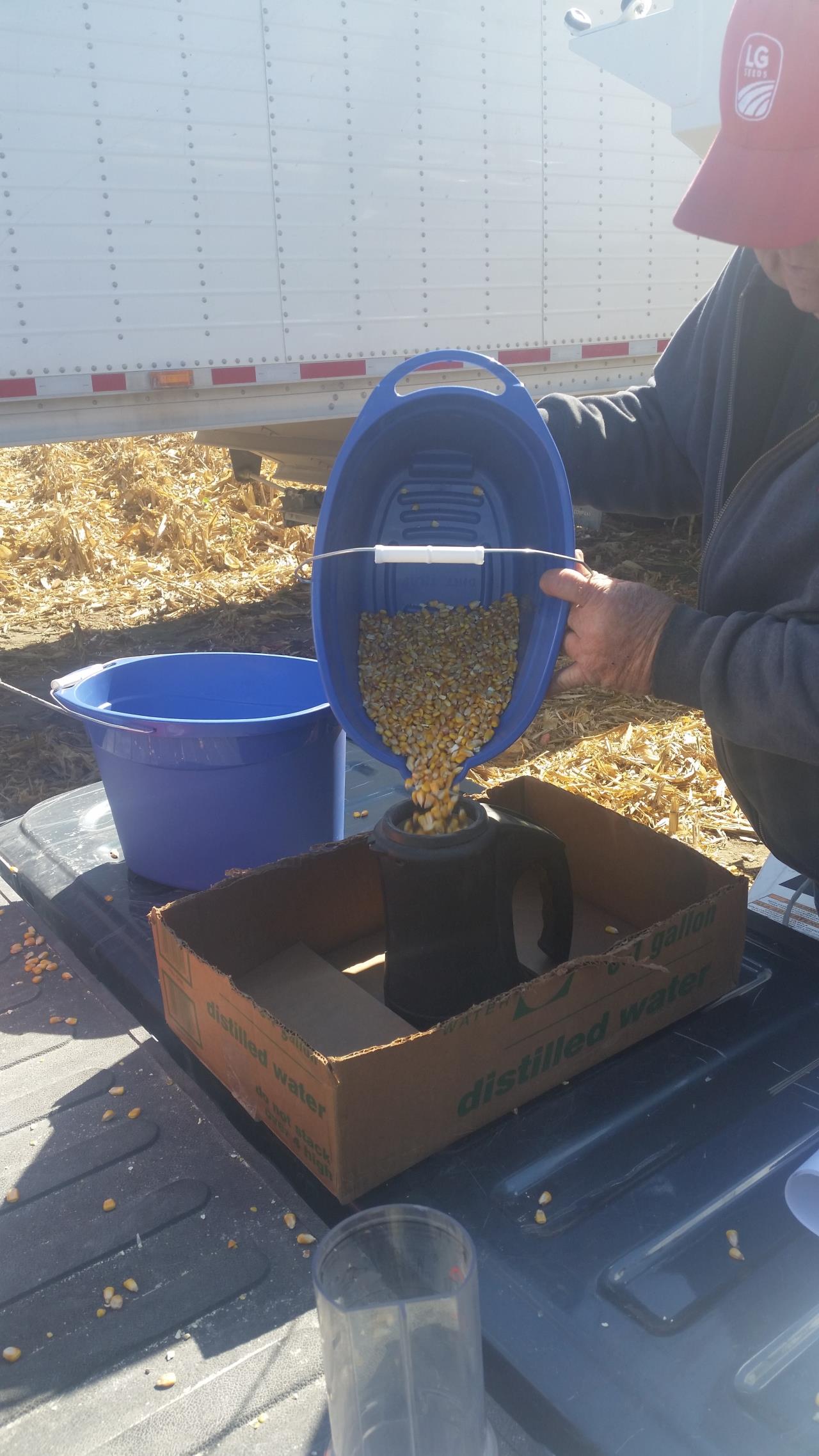
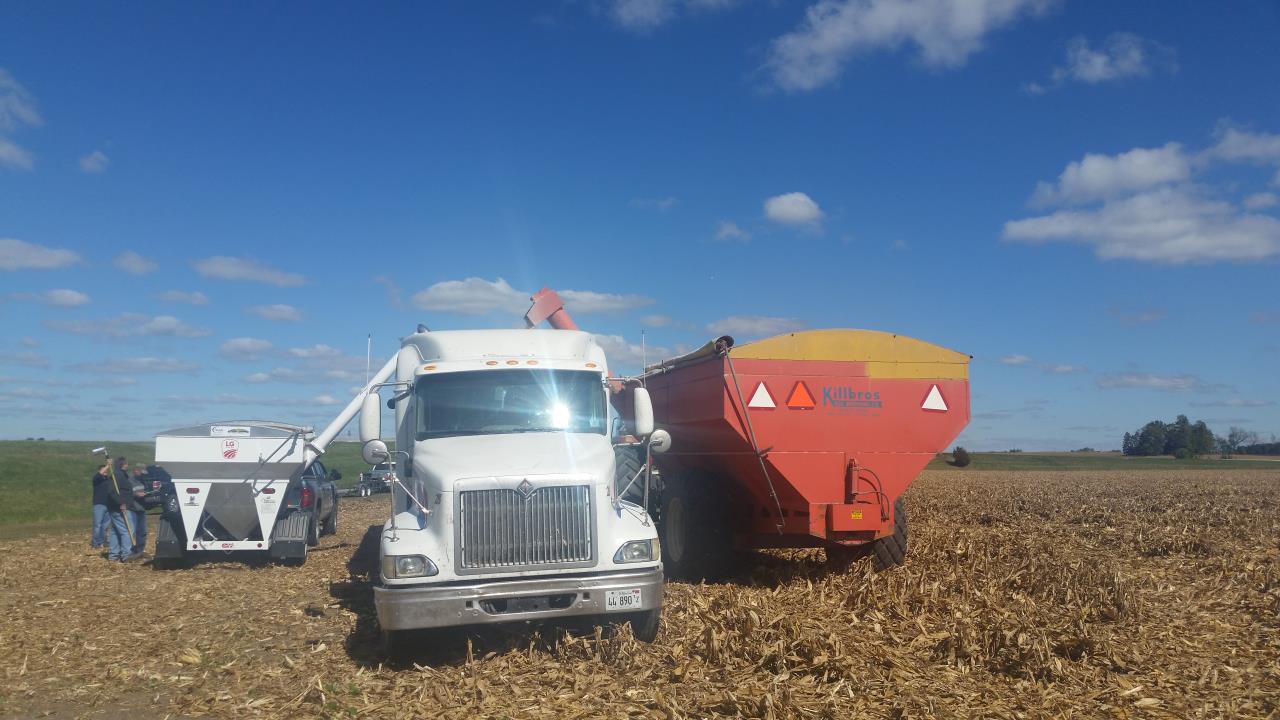
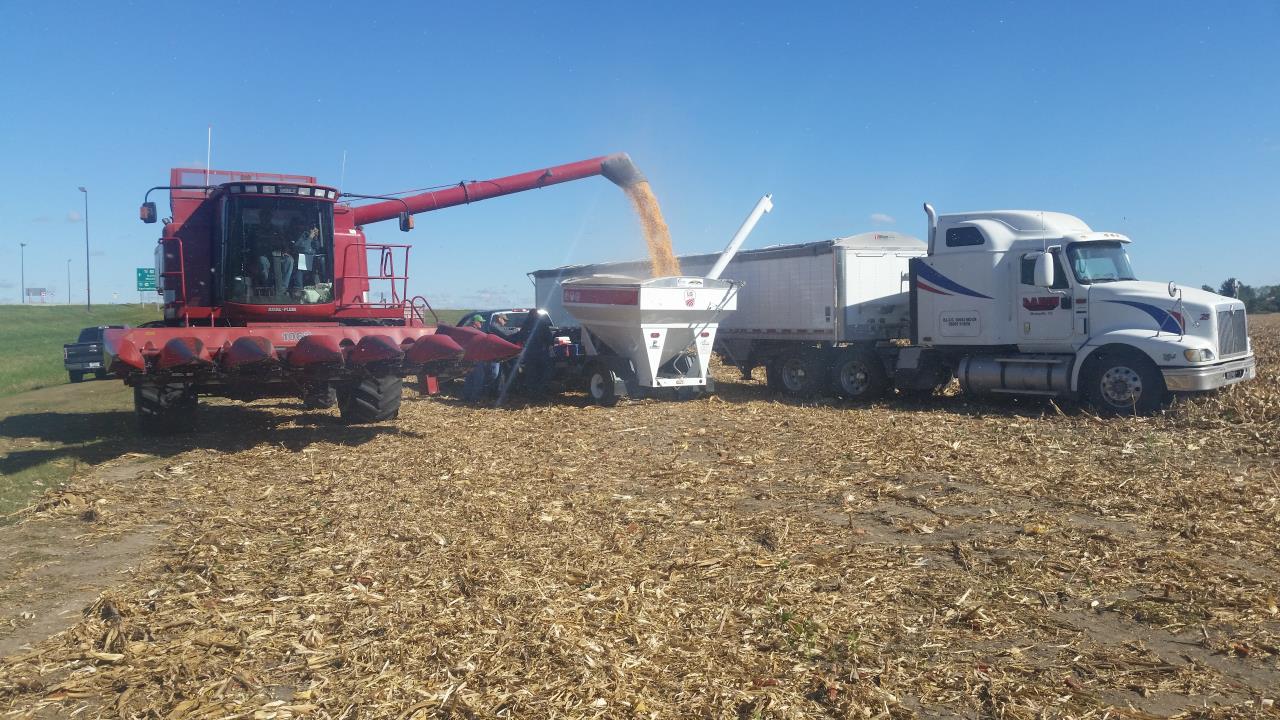
September 29, 2015:
Harvest is in full swing at our Independent Seed Plot in Jersey County, IL. Yields are higher than expected!
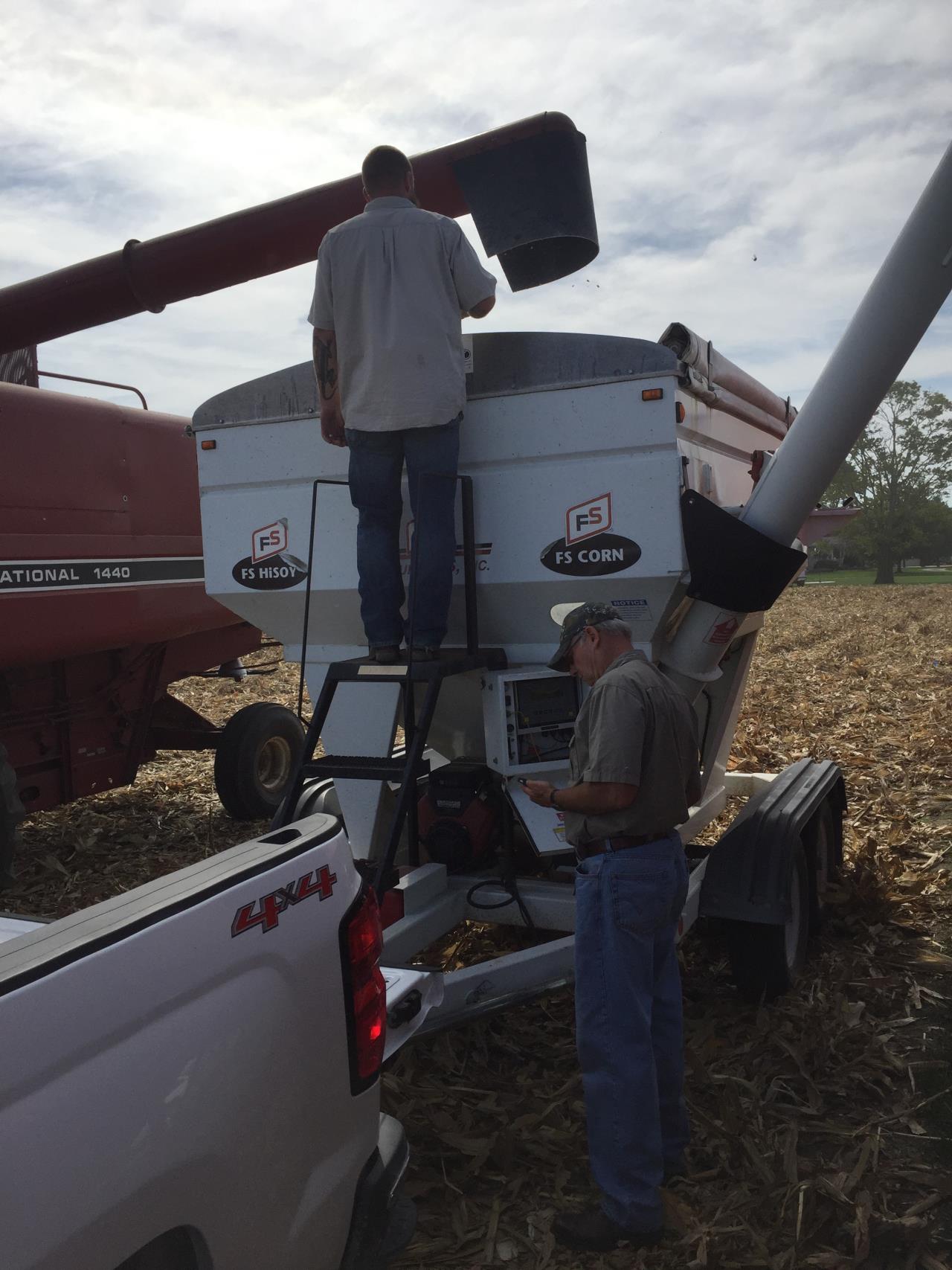
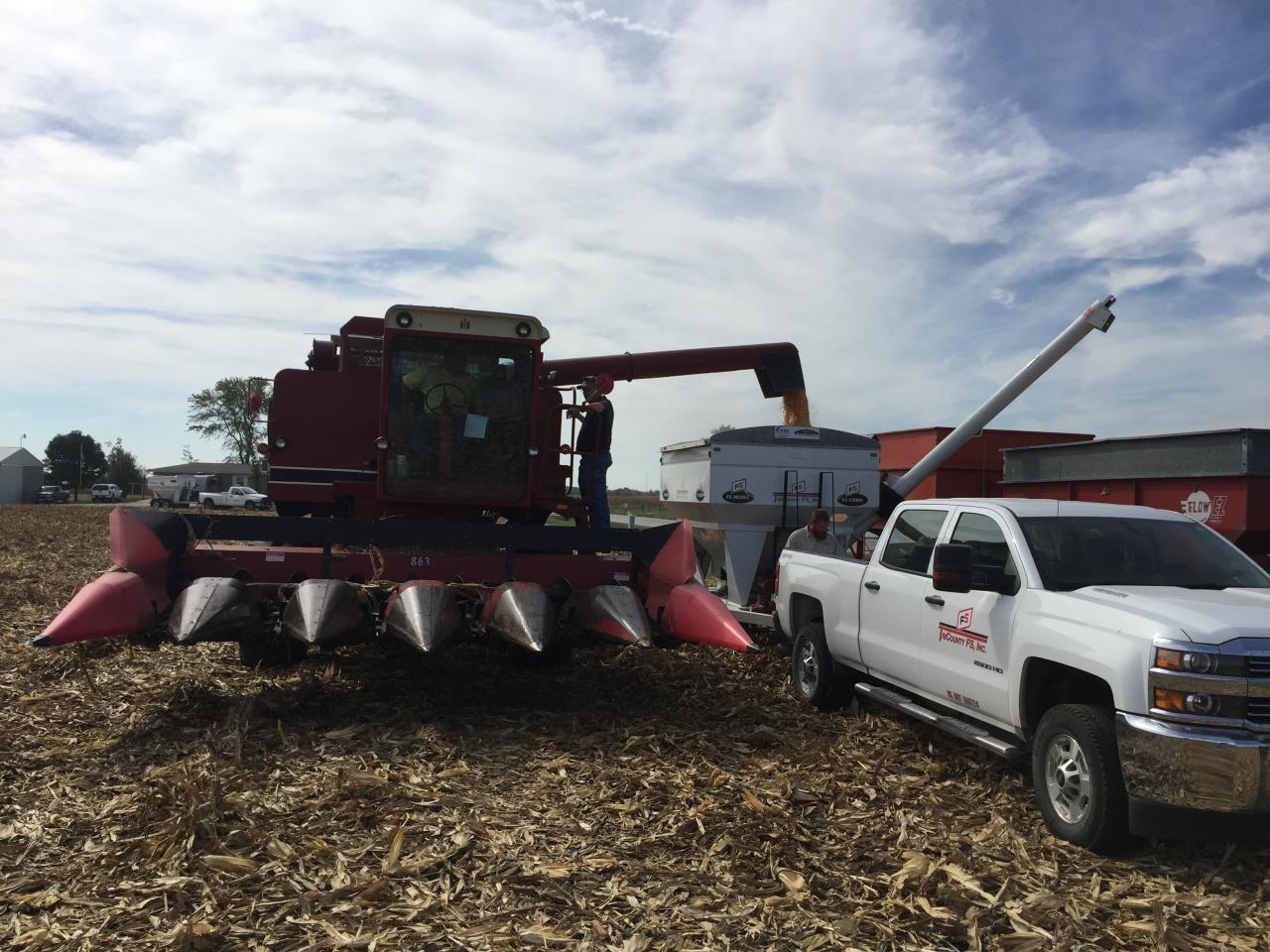
July 24, 2015
I started the day off by meeting with a local crop consultant at the Pike County plot to look at the leaf disease damage. He confirmed that there is gray leaf spot throughout the plot. There was no fungicide sprayed on the field, and the crop is past the point to spray. After stopping at the Pike County plot, I headed to the Jersey County plot. Earlier this month, I had noticed rootworm beetles there, but not enough to cause significant damage. After going there today, it was confirmed that the rootworm beetles did not have an impact on pollination. That is something that we will want to keep an eye on in the future since the plot is in a corn after corn crop rotation.
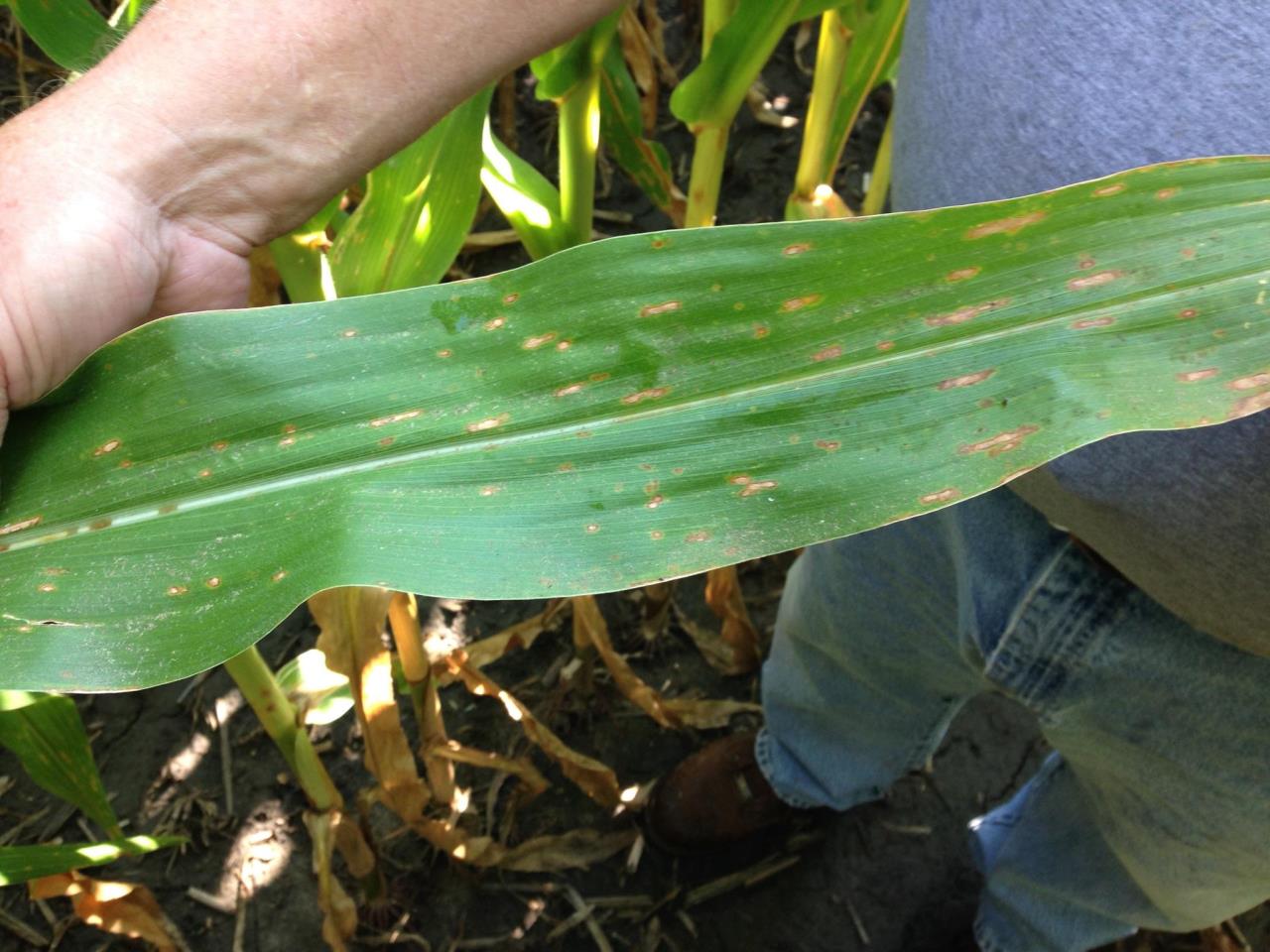
July 23, 2015
July has brought more sunshine and less rain than June. In the Pike County plot, the corn is now in the R3 or milky stage. This stage gets its name from the milky liquid that is stored in the kernels. Starches are accumulating in the endosperm of the kernels. At this point in time, the Pike County plot has had around 1830 growing degree days, while the Jersey County plot has had around 1900 growing degree days. According to Purdue University, once the corn is at the R3 stage, it needs around 880 growing degree days until it reaches maturity.
Reference: Nielsen, R. “Grain Fill Stages in Corn.” Purdue University. Web. Retrieved 23 June 2015.
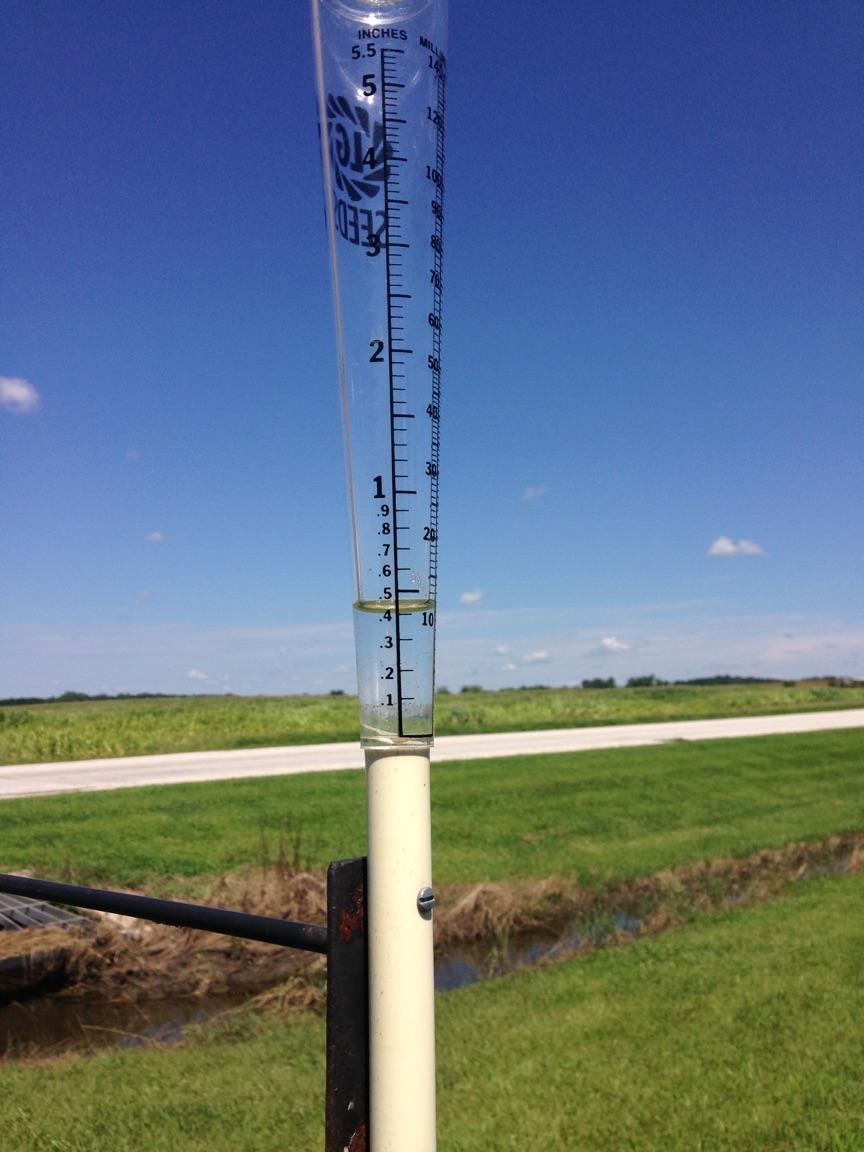
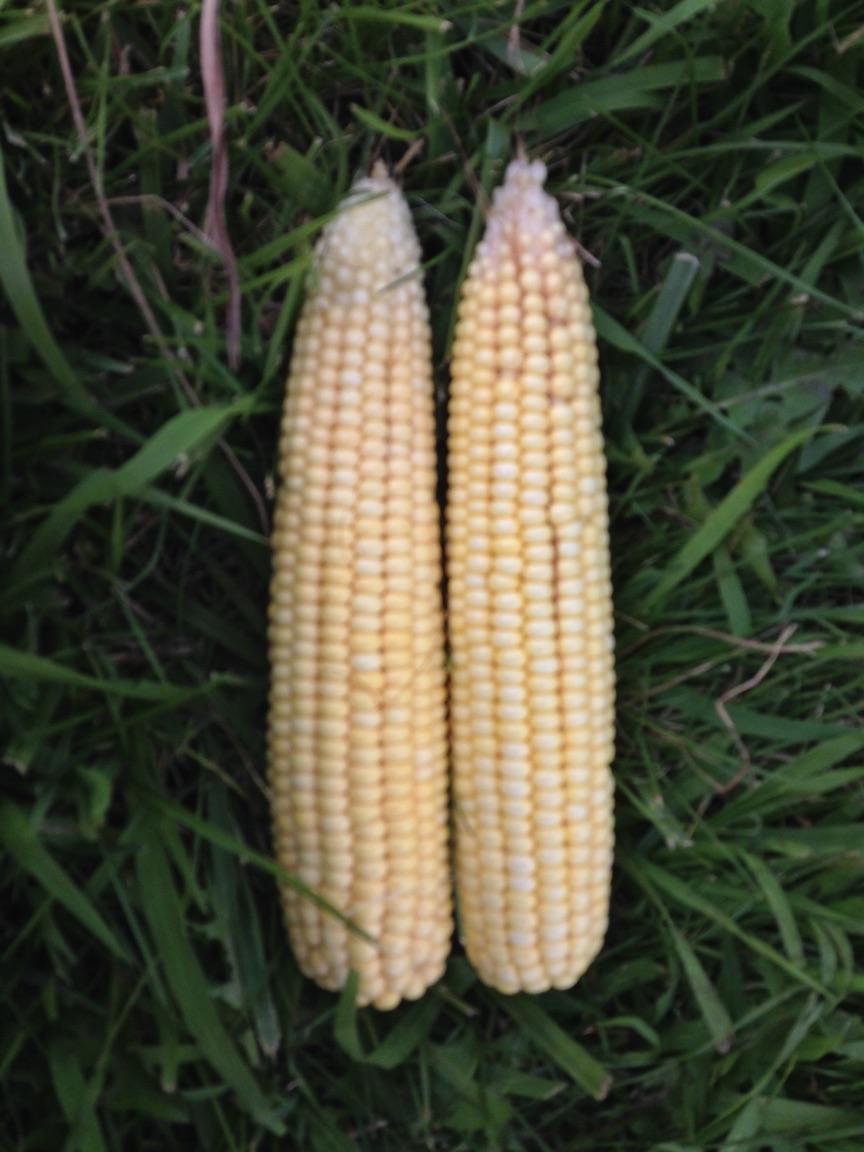
July 16, 2015
Do you know why corn is such a good listener? Because it’s all ears! Speaking of ears, a couple were pulled from the Pike County plot today. Pictured below, on the left, is an ear from a Non-GMO variety and on the right is an ear from the same company’s GMO variety. Both ears have 16 rows of kernels. The plot is currently at the R2 stage. Continue to follow updates to track the stages of grain fill. The impact of the rain will not be accurately depicted until the grain hardens and dents.
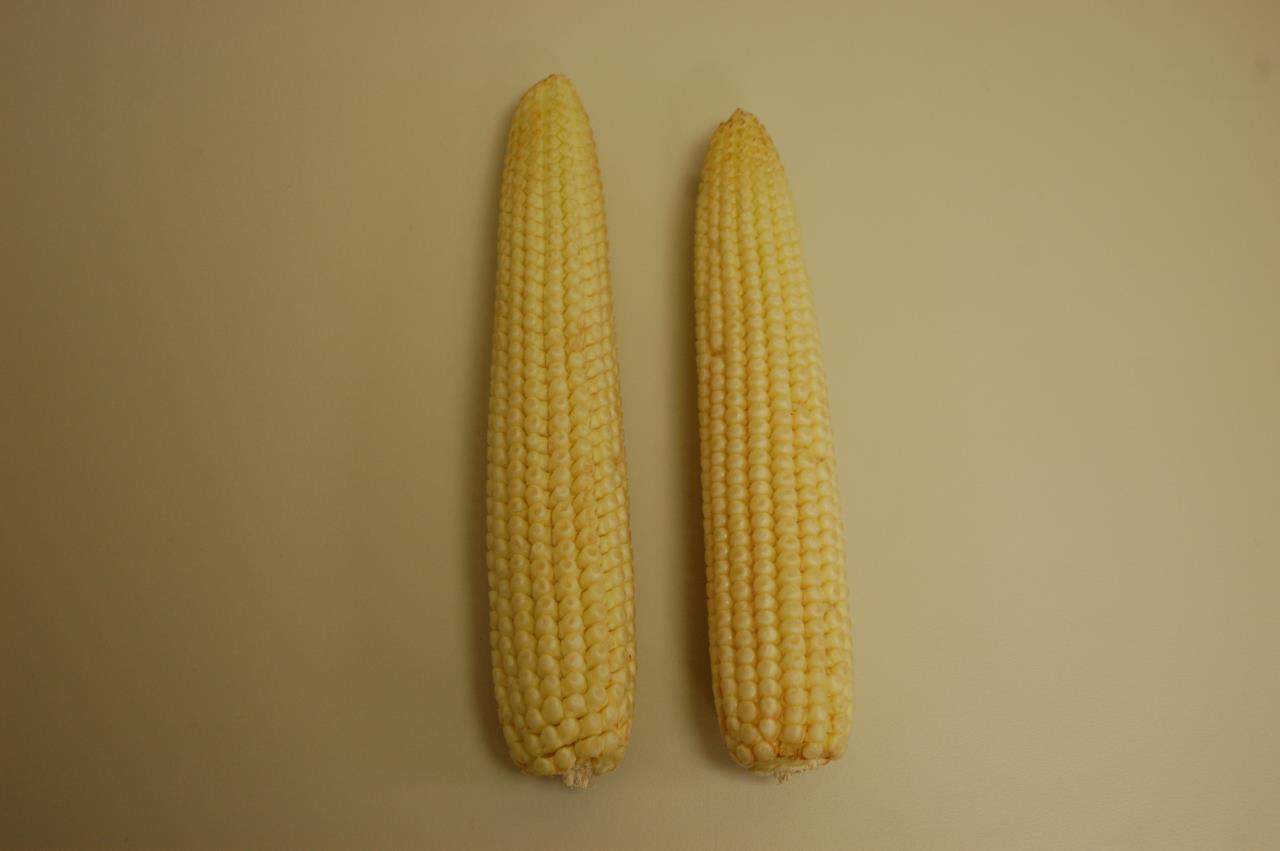
July 7, 2015
Yesterday I visited the Jersey County Plot to see if it had similar problems to the Pike County Plot. It was showing a little nitrogen deficiency, but not as severe as the Pike County plot. Similarly, I saw gray leaf spot on the lower leaves in the Jersey County plot. In addition, I found Western Corn Rootworm Beetles clipping the silks in the south end of Jersey County Plot. The rootworm beetles have stripped some of the green tissue off the leaves. Be on the lookout for the same problems in your fields. These are serious issues that could drastically impact our yields. I am meeting with local crop consultants as soon as possible to assess the damage. The Jersey County plot is too close to the town of Jerseyville for it to be sprayed with an airplane. Therefore, there is nothing that can be done for the insect and fungal problems at this point in the growing season.
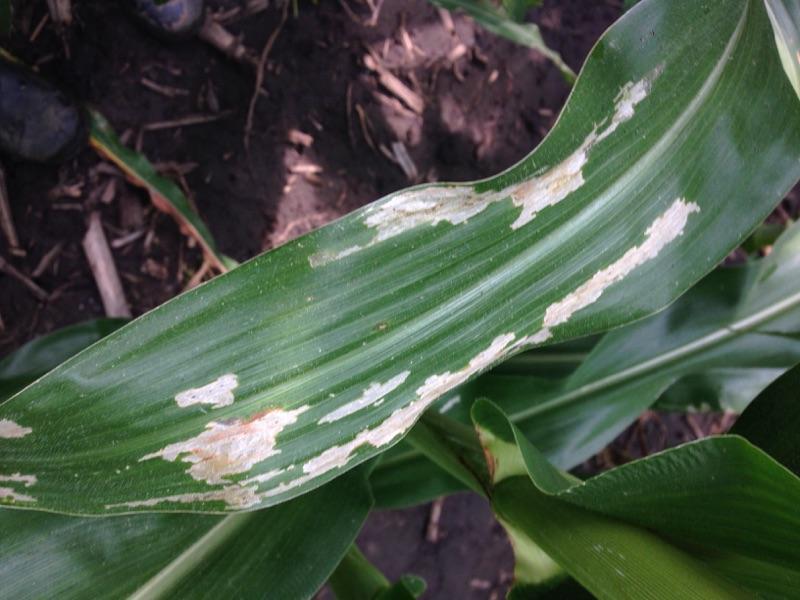
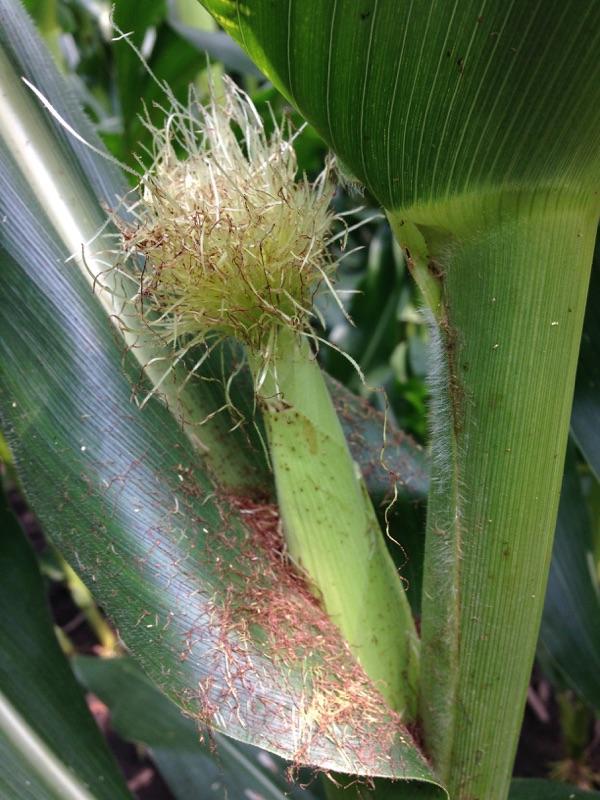
July 6, 2015
The Pittsfield Plot is pollinating right now, but that is not the only thing going on in the plot. I noticed that the entire part of the plot that is dark green in color is displaying a nitrogen deficiency in the lower leaves. I predict that as the plant uses more nitrogen, the deficiency symptoms will begin to appear in more leaves on the plant. The nitrogen in the soil has most likely been lost due to the rain. When the plant needs nitrogen, it has to pull it from its lower leaves if nitrogen is not available in the soil. In addition to the nitrogen deficiency, I noticed that the entire plot is also affected by a leaf disease that resembles gray leaf spot. I will be meeting with a local crop consultant to further identify the magnitude of the leaf disease. According to the American Phytopathological Society, gray leaf spot can be the most detrimental to yield if the disease causes damage during or soon after silking growth stage. Continue to check for updates in the future to see what the local crop consultant says about the leaf disease.
Reference: Lipps, Patrick. "Gray Leaf Spot: A Global Threat to Corn Production."APS. The American Phytopathological Society, 2015. Web. 6 July 2015.
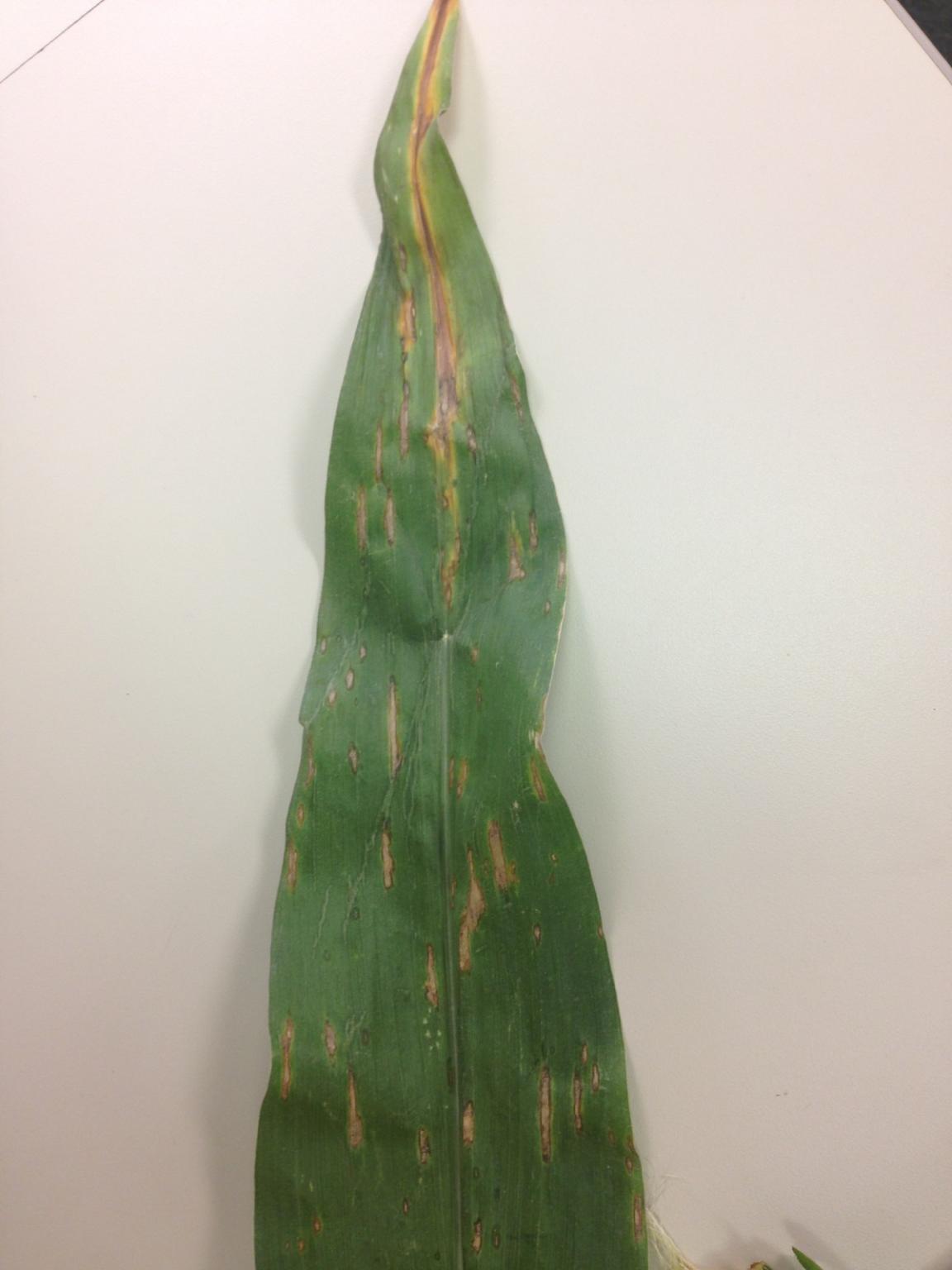
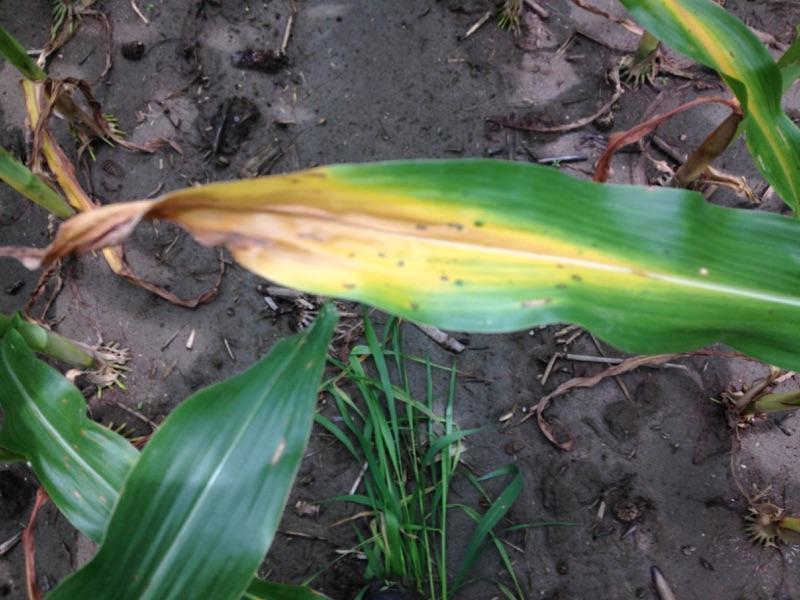
July 1, 2015
Can you believe it’s already July 1st? The year is half way over! June is in the past now, but no one will be able to forget the record rainfall it brought. As mentioned in the June 17th post, the year from 2005-2014 with the most rainfall in June was in 2011 with 11.85 inches, according to the Illinois State Water Survey. The Pike County plot surpassed that by getting over 13 inches of rain this June. Pictured below is the rain gauge on the last day of June. I am eager to see what I will be writing about on August 1st. Will I be telling the story of a drought in July? Will it be like June?
Reference: “Illinois State Climatologist Data.” Illinois State Water Survey. University of Illinois Board of Trustees, 2015. Web. 17 June 2015.
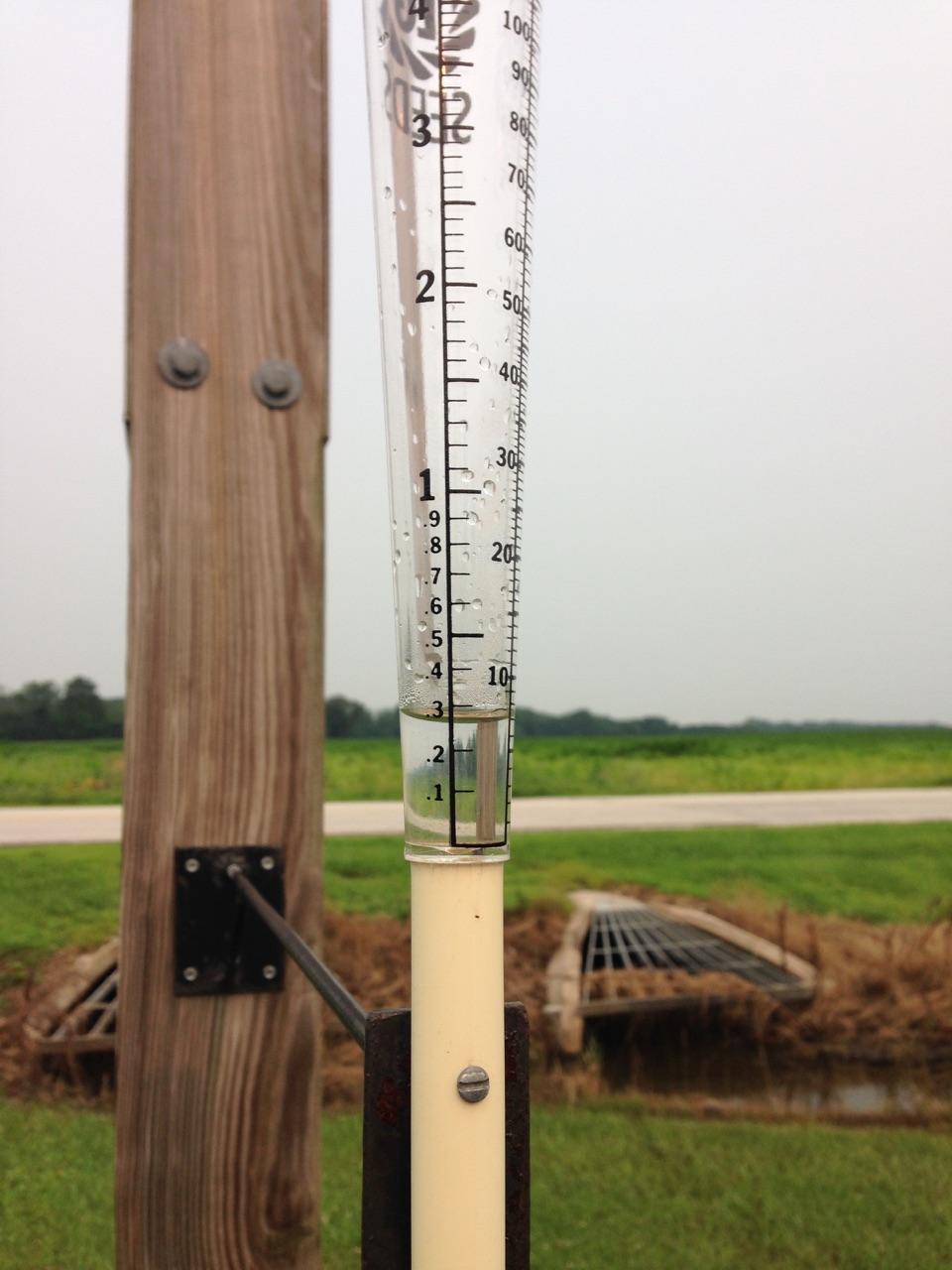
June 22, 2015
Thankfully, our Jerseyville Plot is green and growing. The abundant rain is inhibiting the field from drying up. The biggest concern that we have right now is whether or not the rain is causing significant nitrogen loss due to leaching and/or denitrification. Farmers are wondering if there will be enough nitrogen to produce a plentiful crop. Nitrogen leaching is when nitrate moves with water away from roots because it is not attached to soil particles. Denitrification, the loss of nitrogen into the atmosphere due to the conversion of nitrate to nitrogen gas, can occur when there is standing water in the field. Nitrogen: An Essential Element in Crop Production by NACHURS mentions that if the plant is running low on nitrogen during grain fill, it will pull nitrogen from the stalk and leaves. This can cause the stalk to become weak and result in standability issues. This is one possible result of the extreme amounts of rainfall. We will be able to see the actual effects of the extreme rainfall after the kernels harden and dent.
Reference: “Nitrogen: An Essential Element in Crop Production.” NACHURS. NACHURS Alpine Solutions, 2010. Web. 22 June 2015
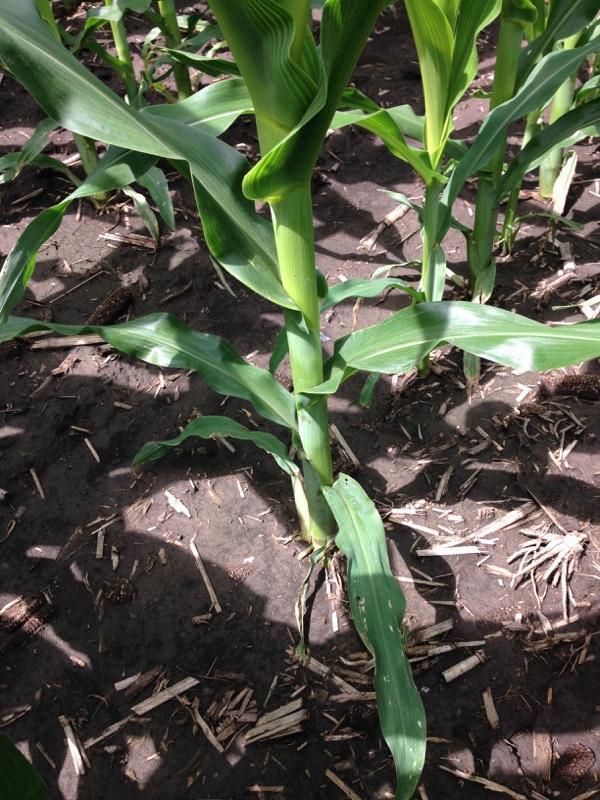
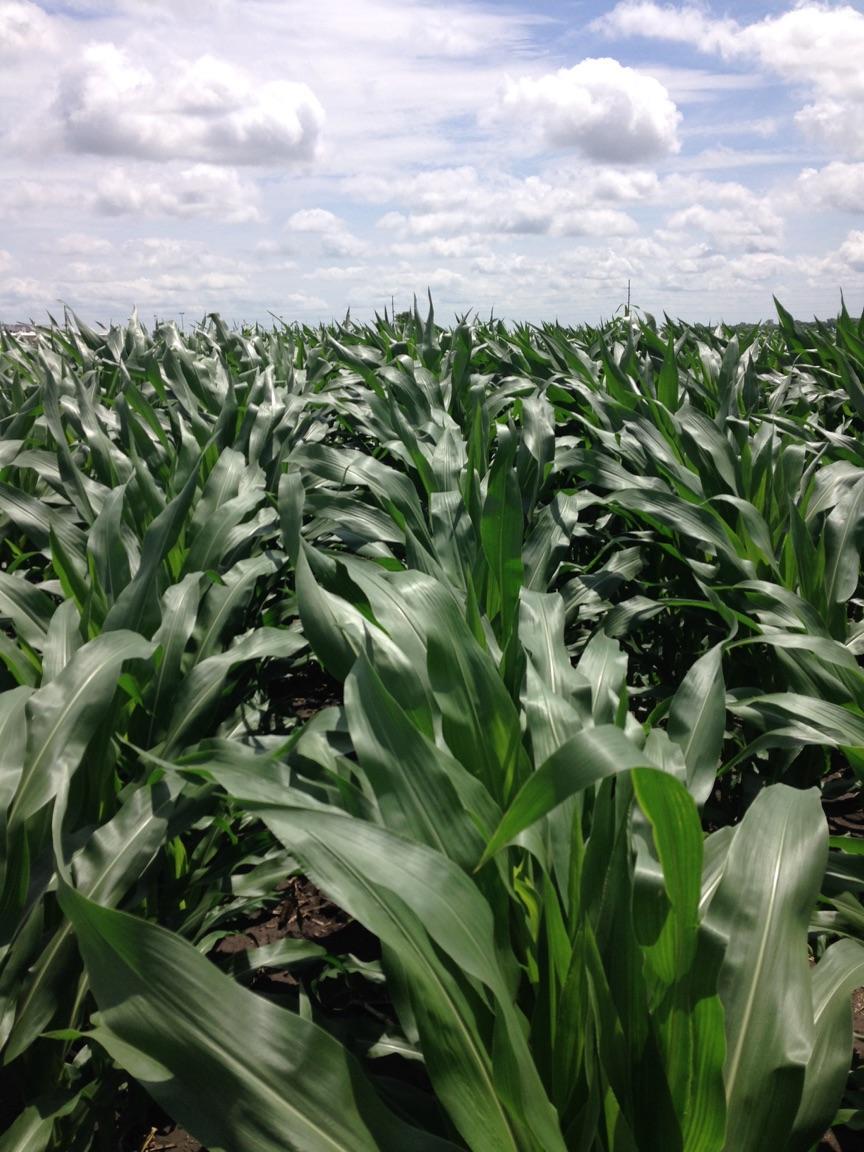
June 17, 2015
Rain, rain, and more rain! That has been the talk of the county this month. Over the past few days, the Pittsfield Plot has received a total of 2.6 inches of rain, and there is rain in the forecast for the coming days. The dark cloudy skies have become a regular occurrence during the month of June. According to the Illinois State Water Survey, from 2005-2014, the year with the most rainfall in June was 2011 with 2008 coming in second. June of 2011 brought 11.85 inches of rain, while June of 2008 brought 9.80 inches. It is June 17, and the Pittsfield Plot has had over five inches of rain this month. It has been raining off and on all day, totaling four tenths so far. It will be interesting to see if the remainder of June will bring the rain that the forecast predicts. Will this June bring more rain than June of 2011 or 2008 did? Check for updates at the beginning of July to see the monthly rain total for the Pittsfield Plot.
Reference: “Illinois State Climatologist Data.” Illinois State Water Survey. University of Illinois Board of Trustees, 2015. Web. 17 June 2015.
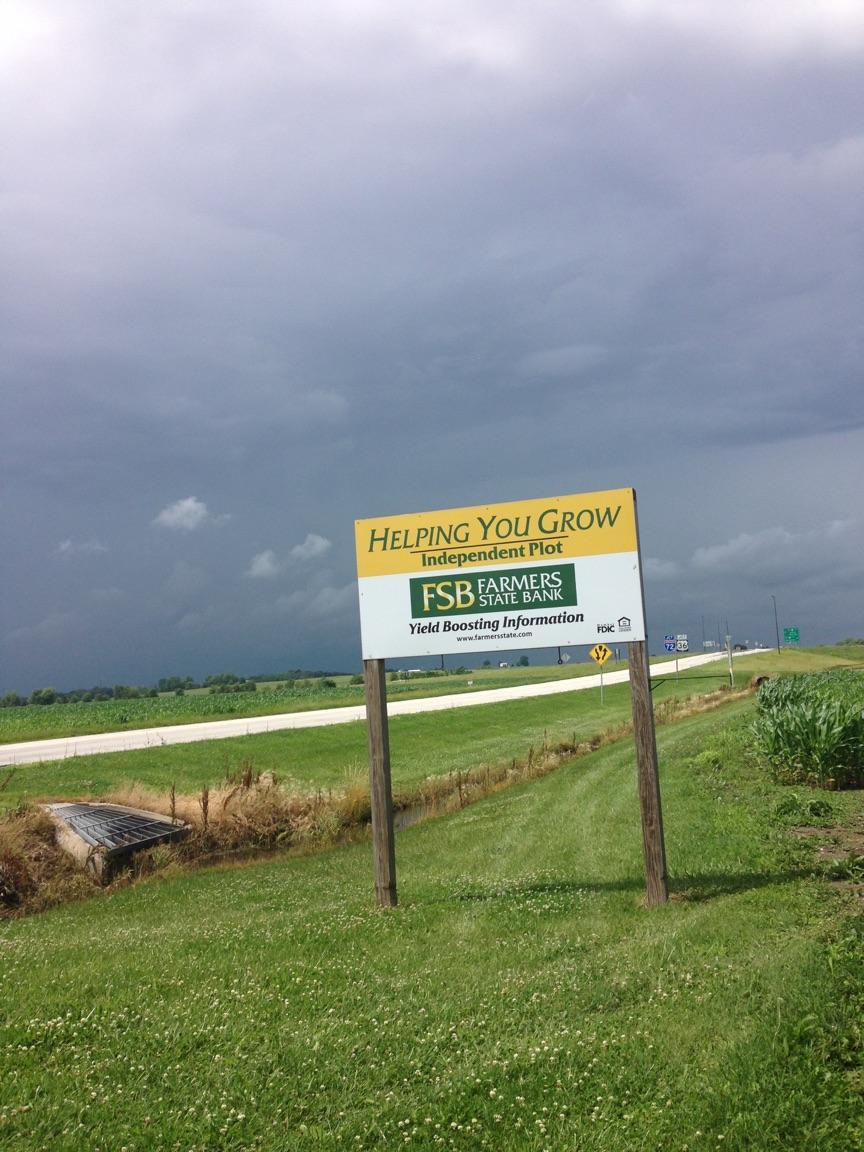
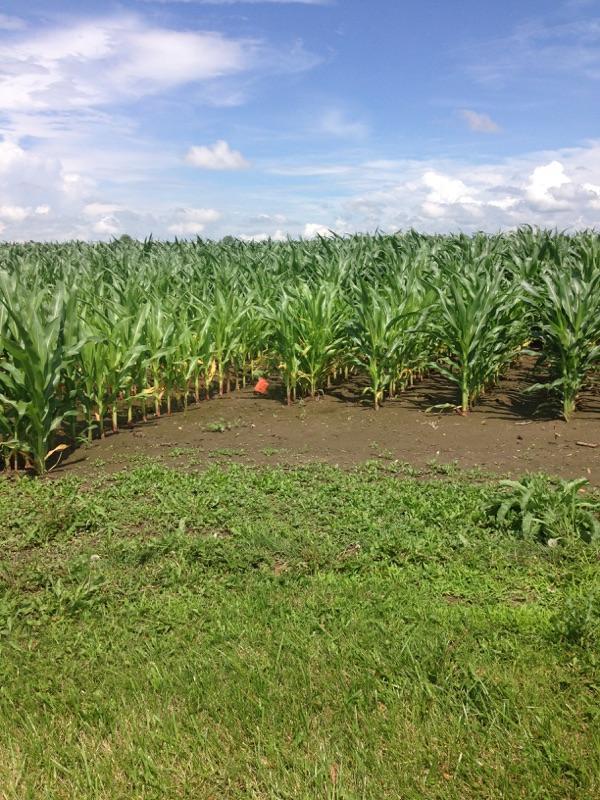
June 10, 2015
It is beginning to feel like June! The corn is enjoying the upper 80 degree weather. At the beginning of June, the growing degree days were ranging from 11-20. The past few days, the growing degree days have been over 25. Hopefully the warm weather will continue, so the corn has the ideal temperature for growth.
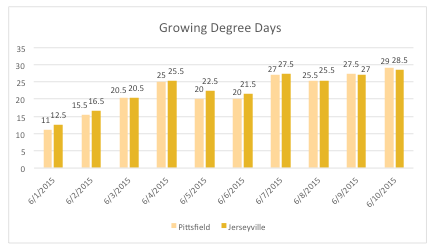
June 9, 2015
All of the rain is making farmers question what is happening to the nitrogen levels in the soil. The corn will need the most nitrogen later in the growing season when it prepares to tassel. There is a wet spot in the Pittsfield Plot where the corn possesses a lighter green to yellow color. Could this be due to nitrogen loss because of the rainfall? Farmers State Bank has decided to have the nitrogen levels in the soil tested each month during this growing season by Soil-Right Consulting Services to see the effect of rainfall. Stay tuned to hear more about the nitrogen testing and other sampling done by Soil-Right.
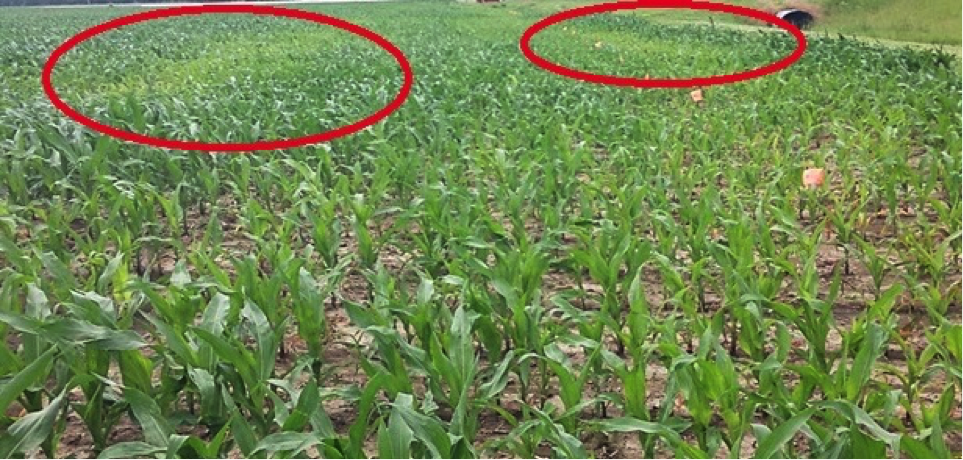
June 8, 2015
It is finally beginning to warm up! The Pittsfield Plot had a few days to start drying up last week, but it was hit with an inch and two tenths of rain from the storm on Sunday, June 7, 2015 and another inch and two tenths Wednesday, June 10, 2015. Like many fields in the area, there are wet problem spots. In the wet part of the plot, some hybrids are showing yellowing in the leaf margins of older leaves while other hybrids are showing purple spotting on the lower leaves. According to the Corn Field Guide by Iowa State University, purpling in corn can be caused from the stress of cool temperatures and wet soils. The temperatures have not been ideal lately, and the plot has been wet for weeks. Also, the field guide mentions that the different corn hybrids express varying degrees of the purple. The discoloring is not exclusive to one variety. The majority of the plot is not showing stress and is handling the water well. That corn possesses the ideal dark green color. It should be interesting to see where the weather takes the corn in the coming weeks.
Reference: Iowa State University. Corn Field Guide. Iowa State University of Science and Technology, 2009. Print.


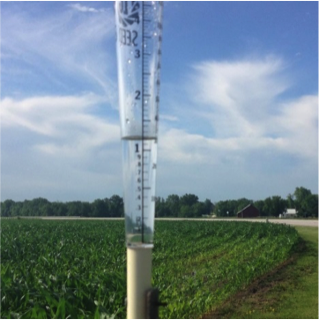
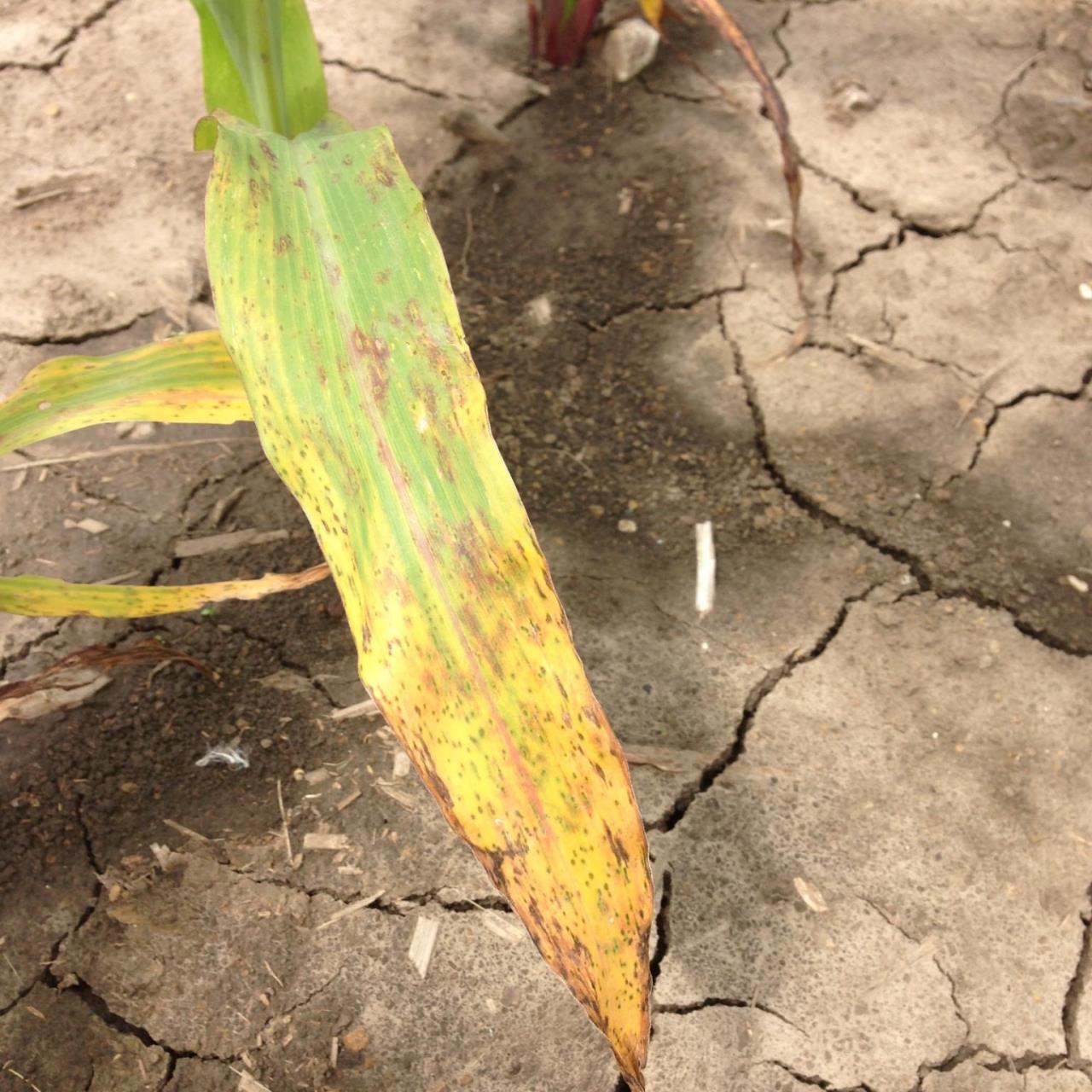
June 8, 2015
With all of the rain this growing season, it has been observed that the corn plants have tillers. Tillers are branches that come out of the ground near the main stalk. There is still a lot of question about how tillers interact with the main stem. According to University of Illinois research, tillers neutrally affect the corn. Tillers are abundant in the plot this growing season. This could be just one of the effects that the excess rain has on the corn crop.
Reference: “Tillers in Corn.” agAnytime. Monsanto Company, 2015. Web. 8 June 2015.

